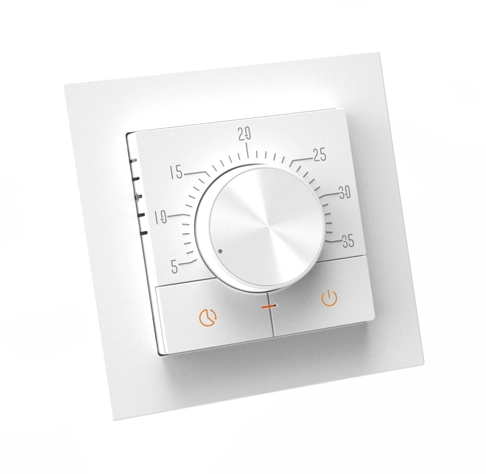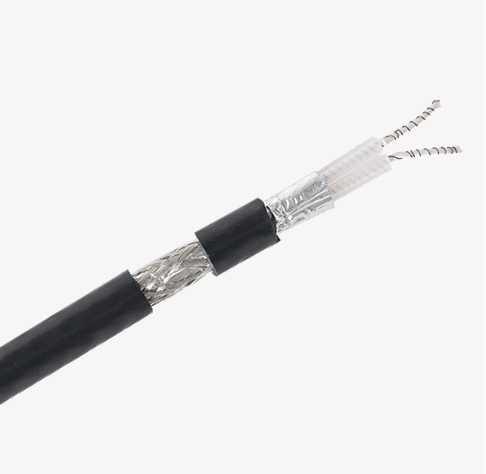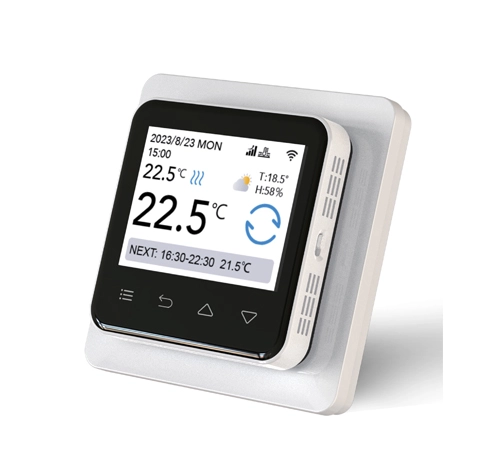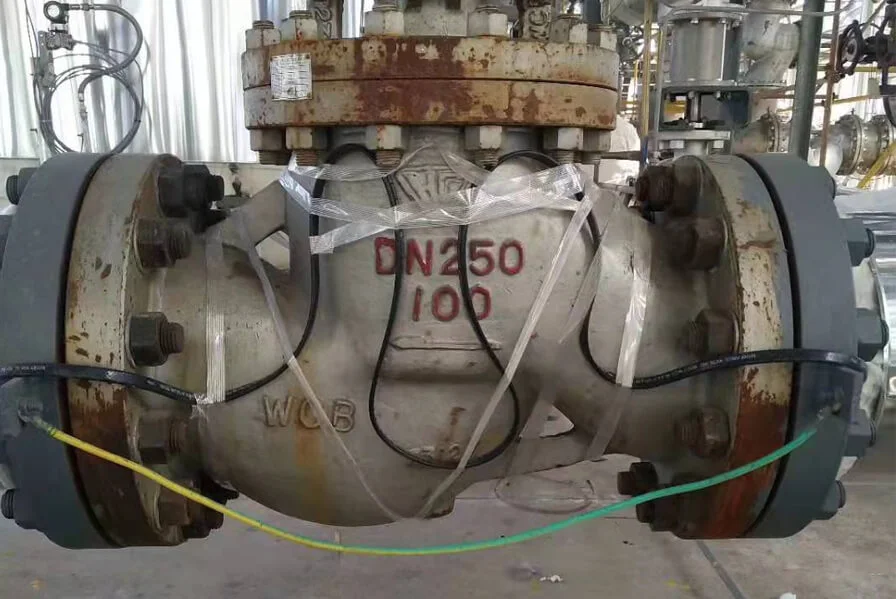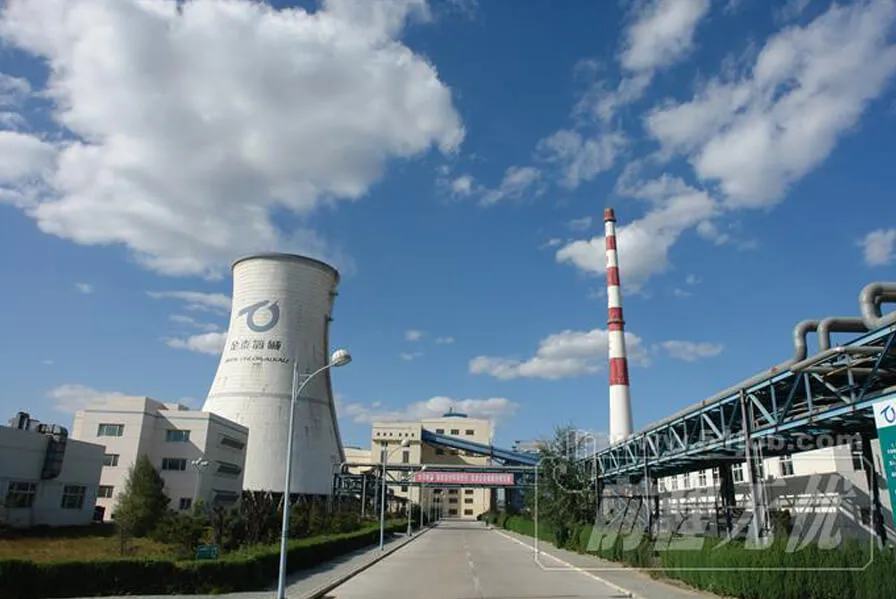Self-regulating heat cables are vital components used in various applications such as pipe freeze protection, roof and gutter de-icing, and floor heating. These cables automatically adjust their power output in response to changes in ambient temperature, ensuring consistent performance and energy efficiency. Testing these cables is crucial to ensure safety, prevent malfunctions, and maintain efficiency. This article will guide you through understanding, preparing, testing, and maintaining self-regulating heat cables.
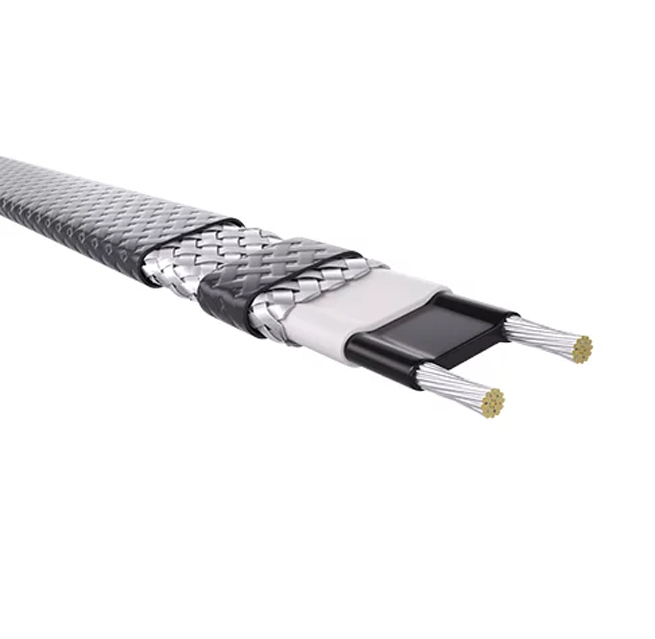
Understanding Self-Regulating Heat Cables
How Self-Regulating Heat Cables Work:
Self regulating cable contains a conductive core that adjusts its resistance with temperature changes. When temperatures drop, the core's resistance decreases, allowing more electrical current and increasing heat output. Conversely, as temperatures rise, resistance increases, reducing heat output. This self-regulation prevents overheating and conserves energy.
Components of a Self-Regulating Heat Cable:
Conductive Core: Adjusts resistance based on temperature.
Insulation Layers: Protect the core and maintain heat.
Braided Metal Shield: Offers grounding and mechanical protection.
Outer Jacket: Provides additional protection against environmental factors.
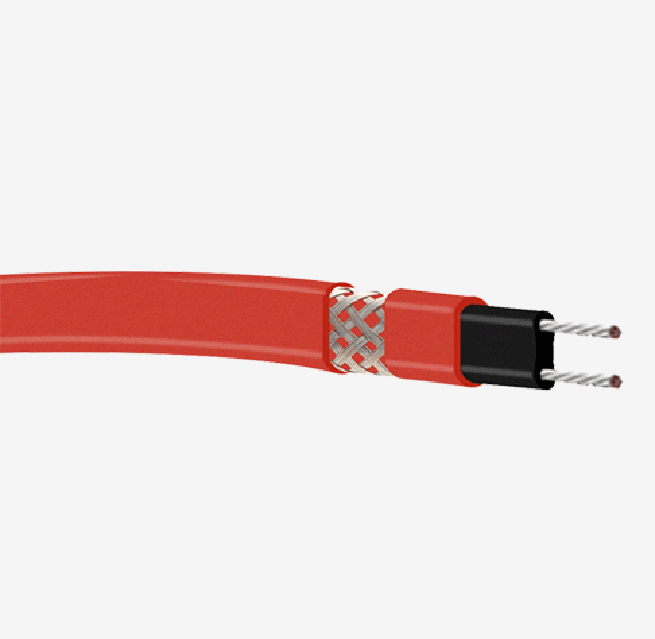
Preparation for Testing
Tools and Equipment Needed:
Multimeter
Infrared thermometer
Insulation resistance tester (megohmmeter)
Power source (for energizing the cable)
Safety gloves and goggles
Safety Precautions:
Ensure the power supply to the heat cable is turned off before starting any tests.
Wear appropriate personal protective equipment (PPE), including insulated gloves and safety goggles.
Verify that the working area is dry and free from any conductive materials to prevent electric shock.
Testing Procedures
Checking for Physical Damage or Wear:
Visually inspect the cable along its entire length.
Look for signs of wear, cuts, abrasions, or any form of physical damage.
Ensure the connections and end seals are secure and intact.
Measuring the Resistance of the Cable:
Use a multimeter to measure the resistance between the two main conductors.
Compare the measured resistance with the manufacturer’s specifications.
A significant deviation might indicate a problem within the cable.
Testing the Power Output of the Cable:
Energize the cable using an appropriate power source.
After allowing the cable to warm up for a few minutes, use an infrared thermometer to measure the surface temperature at various points.
Check if the temperature readings are consistent and within the expected range provided by the manufacturer.
Verifying the Temperature Regulation Function:
Place the cable in a controlled environment where the ambient temperature can be varied.
Monitor the cable’s power consumption as the ambient temperature changes.
Ensure the power output decreases as the temperature rises and increases as the temperature drops.
Interpreting Test Results
Understanding Test Results:
Physical Inspection Results: Any visible damage should be addressed immediately, either by repairing or replacing the damaged section.
Resistance Measurements: If the resistance value differs significantly from the specifications, it could indicate internal damage or degradation.
Power Output Verification: Inconsistent or unexpected temperature readings might suggest malfunctioning self-regulating properties.
Temperature Regulation Function: If the cable does not adjust its power output correctly in response to temperature changes, it might not be functioning efficiently.
Troubleshooting Guidelines:
For high resistance readings, check for any loose or corroded connections and address them.
If the cable fails to heat properly, ensure the power source is providing adequate voltage.
Consult the manufacturer’s troubleshooting guide for specific issues related to your heat cable model.
Maintenance and Follow-Up
Importance of Regular Maintenance:
Regular maintenance ensures the longevity and reliability of self-regulating heat cables. It helps in early detection of potential issues, preventing costly repairs or replacements.
Monitoring Performance:
Schedule regular inspections and tests, especially before the onset of cold seasons.
Keep a log of all test results and maintenance activities to track the electric heat tracing performance over time.
Immediately address any anomalies or irregularities found during routine checks.
Self-Regulating Heat Cable Supplier in 2025
If you want to wholesale high-quality Self-Regulating Heat Cable, you might as well try jiahong. As a professional Self-Regulating Heat Cable supplier, Wuhu jiahong can provide you with high-quality products and services. Welcome to contact us for detailed ordering information and services!




